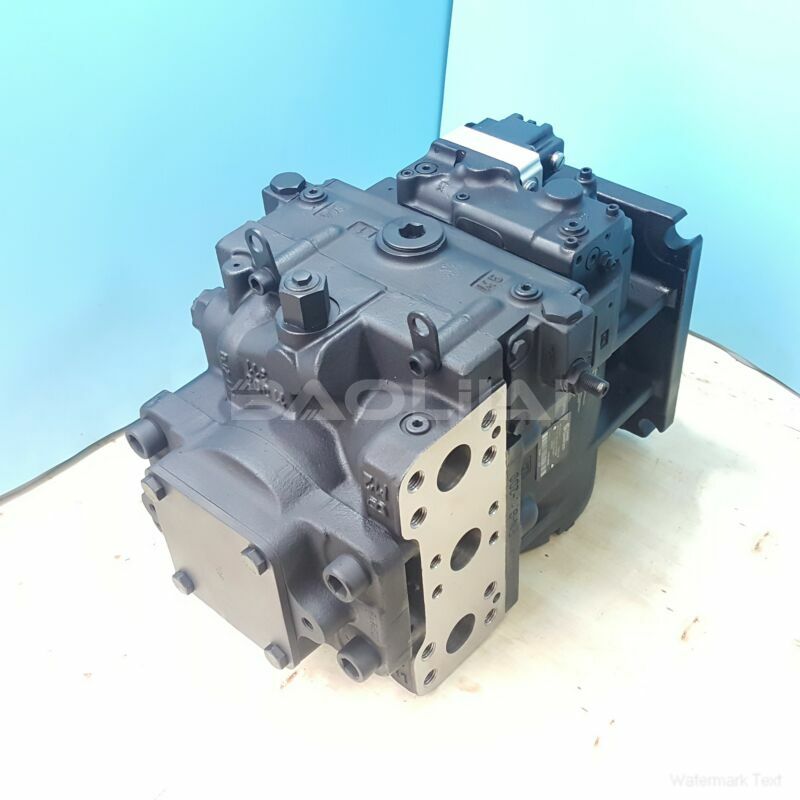90L075HF1CD80S4S1D03GBA353520 danfoss pump
90L075HF1CD80S4S1D03GBA353520 danfoss pump

- Product Details
- Applicable Scene
In the evolving landscape of laboratory automation, the demand for precision and reproducibility has never been more critical. High-pressure pumps have emerged as indispensable tools in various scientific fields, including chemistry, biology, and pharmaceuticals. These pumps not only enhance the accuracy of liquid handling but also streamline workflows, making them essential components in modern lab environments.
90-L-075-HF-1-CD-80-S-4-S1-D-03-GBA-35-35-20
90L075HF1CD80S4S1D03GBA353520
High-pressure pumps are designed to deliver fluids at constant and controlled pressures, which is crucial for processes such as chromatography, sample preparation, and high-throughput screening. By maintaining consistent pressure, these pumps ensure that the flow rates are stable, resulting in more accurate and reproducible results. Fluctuations in pressure can introduce significant variability in experimental outcomes, potentially leading to erroneous conclusions. Thus, employing high-pressure pumps minimizes this risk, enhancing the reliability of data.

9522242
One of the most notable advantages of high-pressure pumps is their ability to precisely control the volume of liquid dispensed. This is particularly important in experiments where minute differences in reagent concentrations can significantly affect results. For instance, in the synthesis of pharmaceuticals, even slight deviations in reactant volumes can lead to inefficient reactions or the production of unintended byproducts. Automated systems equipped with high-pressure pumps can deliver exact volumes with a high degree of accuracy, thereby improving the overall quality of the work.
Moreover, high-pressure pumps facilitate the automation of complex processes that would otherwise require significant manual effort. In high-throughput experiments, where hundreds or thousands of samples may be processed simultaneously, the ability to automate liquid handling ensures that each sample is treated consistently. This level of automation not only increases productivity but also reduces human error, which is a common source of variability in laboratory experiments.





